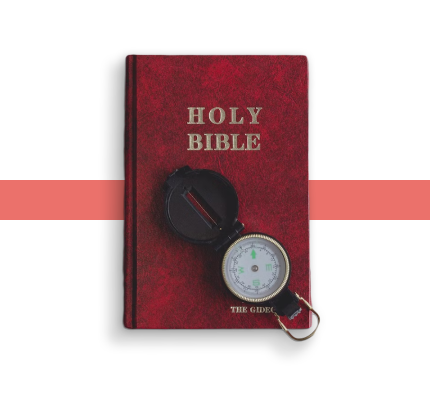A network chart showing all recognised biblical citations shared by at least two periodicals in the corpus used. Many of these citations appear only in two periodicals, but some, such as the one most quoted overall, “Thou shalt not kill,” or another commandment, “Thou shalt not steal,” appear across most of the periodicals surveyed. This example makes it possible to better track shared citations using their clusters. The number of occurrences in each periodical for each citation is shown by the thickness of the line representing the link to the periodical (edges). A specific situation of biblical citations with low interconnectedness occurs in Moravský hospodář (The Moravian Farmer), an economic and educational periodical, as opposed to Venkov (The Countryside), a political periodical of the Agrarian Party. The situation of the periodical Posel záhrobní (The Messenger from Beyond the Grave), devoted to spiritualism, is highly specific, since it shares specific citations with individual periodicals only in smaller joint groups. It is also interesting to observe the links in individual groups of citations between Venkov and the clearly Catholic periodical Čech (The Bohemian) and Věstník katolického duchovenstva (The Catholic Clergy Gazette), where participation in a broad common philosophy – at least as far as biblical citations are concerned – is manifested.
